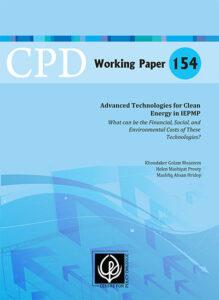
The findings show that in Bangladesh, the emission reduction by cofiring hydrogen and ammonia with gas and coal is negligible. Only 1 per cent of the total emission from gas-fired power plants will be reduced by co-firing it with hydrogen. On the other hand, the cost of hydrogen co-fired power generation will be BDT 5673.22 crore in 2041 for the generation capacity of 1600 MW. Similarly, in the case of ammonia, co-firing with coal, the cost of deployment is much higher than the emission reduction rate. The total investment to deploy to generate 1300 MW from the ammonia will be BDT 3685.37 crore in 2030. The financial cost exceeds the environmental benefit, indicating that adapting ammonia and hydrogen co-fired power generation is a false solution for the energy transition in Bangladesh. Additionally, it will also create an additional financial burden on the existing one further depriving the other sectors in need.
Instead, financial resources should be used to generate electricity from traditional renewable energy sources. With the equivalent amount of total investment for hydrogen and ammonia, 29,139 MW of solar energy and 821 MW of wind energy can be deployed. A total of 29,960 MW from renewable energy can easily fulfil the 40 per cent (24,000 MW) renewable energy target of Bangladesh. The renewable energy deployment can end up generating 58,123 new employments. Moreover, the stance on advanced technologies mentioned in the IEPMP needs to be reassessed and revised accordingly. In lieu of going for false solutions by adapting hydrogen and ammonia co-firing, the focus should be on deploying renewable energy in the medium to short-term.
Authors: Khondaker Golam Moazzem, Helen Mashiyat Preoty and Mashfiq Ahsan Hridoy
Publication Period: July 2024



